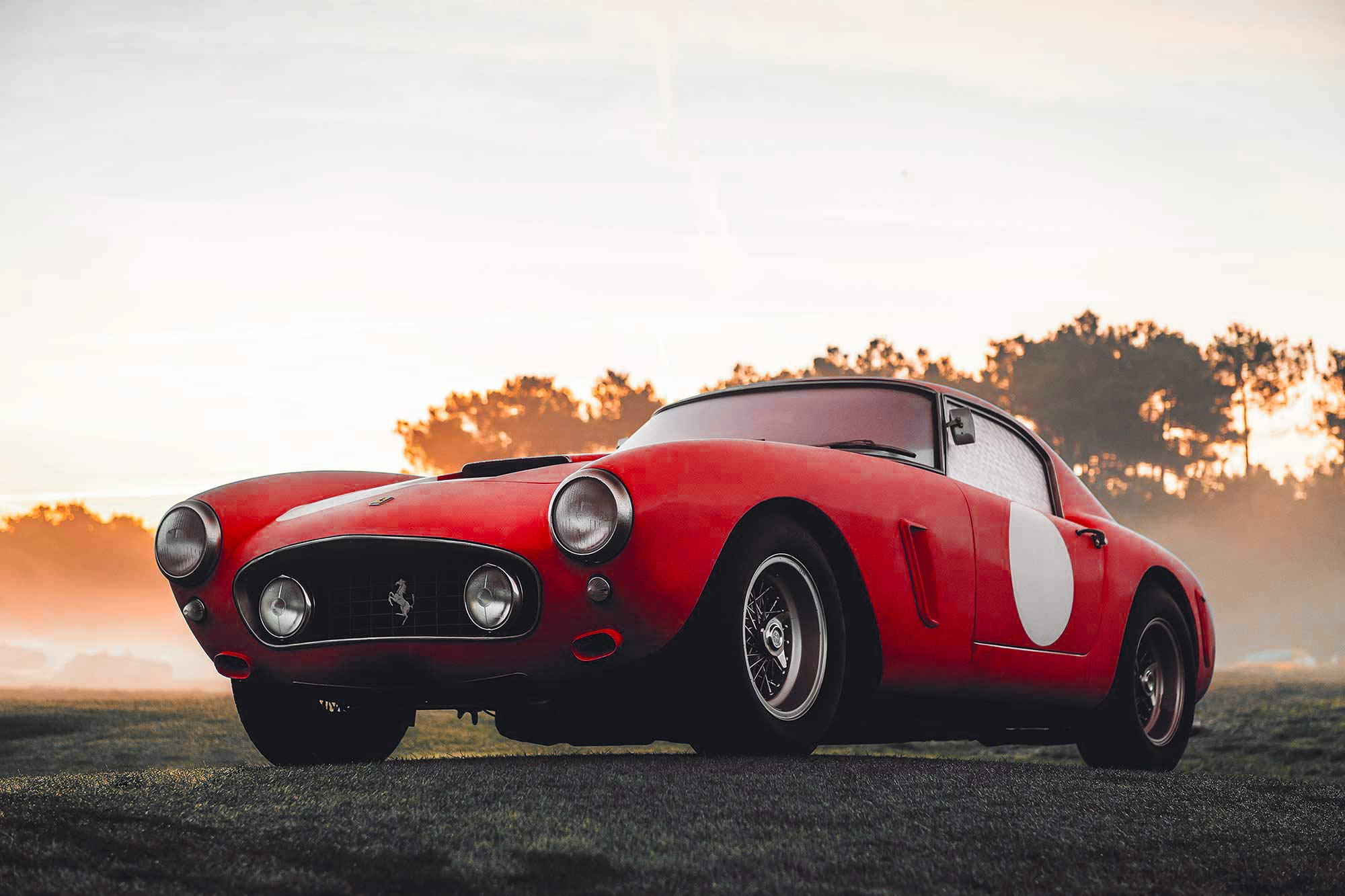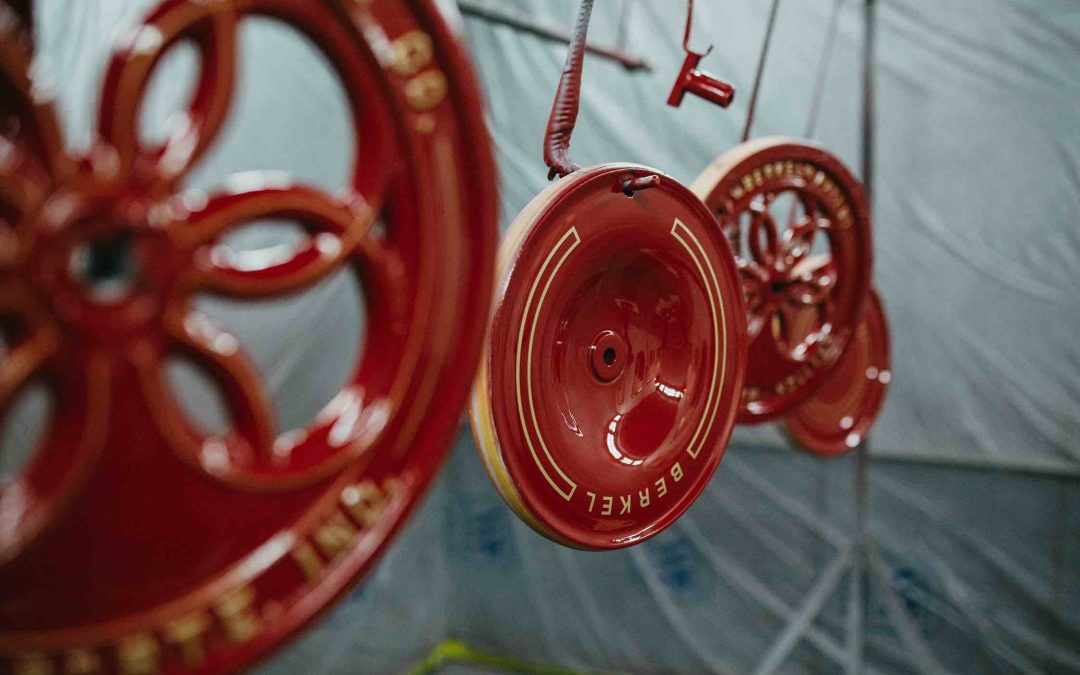In the world of design and art enthusiasts, there is a timeless charm in the combination of vintage furniture and art pieces. Among these iconic treasures, one name stands out: Berkel, also known as the “Ferraris of slicers”.
Produced by the Dutch company founded by Wilhelmus Adrianus van Berkel, Berkel slicers have a history of tradition and craftsmanship. Originally intended for commercial and professional use in grocery stores and restaurants, these slicers have become cult objects for lovers of vintage design and functional art.
Vintage Berkel slicers have an incredible history that fascinates collectors and enthusiasts. With their shiny chrome finishes, intricate details and ornamental designs, these machines transport us to a bygone era when craftsmanship was celebrated.
Vintage Berkel Restoration: A Glimpse into the Past
Berkel’s origins date back to 1898, when Wilhelmus Adrianus van Berkel invented the first mechanical slicer. Since then, the company has established itself as one of the world’s leading manufacturers of high-quality slicers. Berkel slicers are renowned for their precision, reliability and design. In the 1930s, the company began producing slicers for domestic use, opening the doors to a new generation of cooking and design enthusiasts.
Authentic original Berkel models are among the most sought-after vintage design items for restaurant kitchens, wine bars and private collectors. Vintage design has a unique charm thanks to its nostalgic aesthetics and intrinsic craftsmanship. This is where Vintage Design Restoration comes in, a process aimed at preserving and restoring the original appearance of these precious pieces.
Just like vintage Ferraris, cars with a unique history and value that are coveted by many enthusiasts, acquiring vintage design objects is like collecting art.
In both cases, the restoration process of Berkel slicers and vintage cars follows precise rules to achieve the best result, paying attention to small aesthetic and mechanical details. Dismantling, sanding, filling, painting and reassembling are some of the stages of the Berkel slicer restoration process that are also carried out in the restoration of vintage cars.
The painting of Berkel slicers, which is preceded by washing, sanding and filling, involves 11 coats of treatment to perfectly reproduce the original colour, eliminate any aesthetic flaws with filling and restore the original beauty of Berkel slicers.
Similarly, the restoration of vintage cars follows precise procedures, with ‘stripping’ carried out in different ways depending on the model and characteristics of the car.
In this case too, the filling phase is preceded by the painting phase, which can involve more than 10 layers of treatment, including primers, undercoats, paints and enamels, in order to achieve a high-quality and durable result over the years.
Vintage Berkel slicers: an icon of the past that lives in the present
Vintage Berkel slicers are a symbol of elegance and sophistication. Although they were invented over a century ago, they continue to fascinate people today. Their presence in a kitchen or home environment adds a touch of class and tells a story of craftsmanship and tradition that transcends time.
Restoration offers the opportunity to bring to light the beauty and elegance of design pieces from the past. Using specialised techniques, the team of restoration craftsmen brings back the original design and beauty of Berkel slicers.

